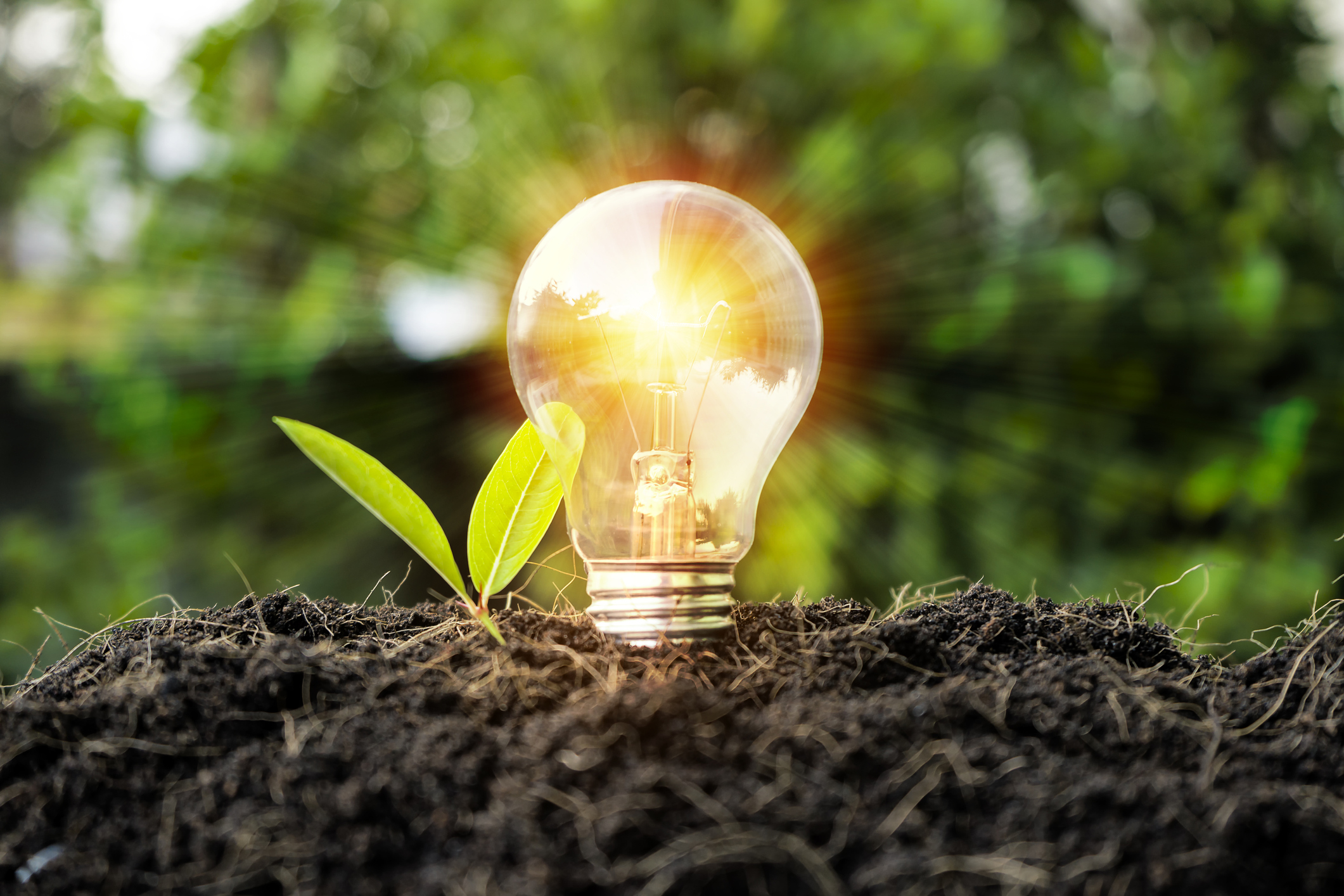“Washington’s greenhouse gas emissions rose 1.7 percent in 2016 and remained virtually unchanged in 2017, at 97.5 million tons, according to the state’s newest inventory, released on Tuesday. The numbers are bad news for the climate and for a governor who has staked his national reputation on defeating climate change.” – KUOW, NPR radio, November 20, 2019
1. Washington state has failed to meet our CO2 goals.
Washington state’s elected leaders have consistently missed all of their climate targets. Even with the economic shutdown from COVID-19, they are still likely to miss the 2020 target. The most recent report from the Department of Ecology shows CO2 emissions have increased since 2012.
Additionally, the governor missed virtually all of his self-imposed CO2-reduction targets as part of his LEAN management promise and removed all his earlier promises from the state’s website before he decided to run for president.
The only remaining climate policy cited by the governor and legislators is the 100% renewable target for 2045. Washington state already creates enough CO2-free electricity to account for 90% of its demand. The new law amounts to increasing renewables by 10 percent over fifteen years. This is not meaningful.
The more serious you believe climate change is, the more upset you should be by these obvious failures.
2. Our current climate policies are extremely expensive and ineffective.
Rather than promote policies that yield the maximum CO2 reduction, Washington’s approach has emphasized policies that are extremely expensive and ineffective. The legislature voted to subsidize rooftop solar panels, which the Energy Information Administration says is the least effective way to produce CO2-free energy, especially in our region. The legislature voted to subsidize electric vehicles, which are purchased primarily by the wealthy who don’t need subsidies to encourage them to buy electric vehicles.
These approaches are more than ten times as expensive as effective approaches. Effective approaches include, for example, capturing methane at landfills – the approach supported by Seattle City Light. Environmental responsibility means getting the largest environmental benefit for every dollar we spend.
3. Put power to reduce CO2 in the hands of people and business.
Rather than looking to politicians, we should empower individuals and businesses to find ways to be more efficient and reduce CO2. Despite its silly name, Seattle’s new “Climate Pledge Arena” is emblematic of the business commitment to reducing CO2 emissions. Amazon and Microsoft have pledged to be CO2-free and are already making solid progress toward that goal. Wal-Mart pledged to reduce 20 million metric tons of CO2 and ended up surpassing the goal by reducing 28 million metric tons from its supply chain.
Government spending on CO2-emissions reductions should be spent on the market, as Seattle City Light does, which maximizes emissions reductions for every dollar spent.
Finally, personal technology from companies like Google Nest is allowing consumers to save energy using AI. Companies like ZipCar allow people to travel without owning a car. WazePool is increasing the availability of low-CO2 transportation. These are all voluntary, market-based options that will be more effective than programs chosen by politicians.
For questions or additional information, contact Todd Myers at tmyers@washingtonpolicy.org.





